Nolan-Norton
Presentation
July
19, 1990©
by
Arthur
M. Schneiderman
|
NOTE: You may prefer viewing this presentation in MS Word, PowerPoint or Adobe Acrobat format. |
||
|
Presentation
date: |
Venue: |
Notes |
|
July 19, 1990 |
Nolan-Norton Study Group Meeting |
None |
Participants in the study, entitled "Measuring Performance in the
Organization of the Future," were Advanced Micro-Devices, American
Standard, Apple Computer, Bell South, GIGNA, Conner Peripherals, Cray Research,
Dupont, EDS, GE, HP, and Shell Canada. Bob and I teamed in a pair of
presentations; his, in part, on the HBS Analog Case and mine on the Analog
story.
The Executive Summary of the study was published some time in 1991 and
included materials from Bob's and my presentations. One display in the
Executive Summary was used to demonstrate the linkage between performance
measurement and the organization's strategy and vision.
It used materials taken from slide 20 in this presentation as an example.
The interest generated by Analog's corporate scorecard prompted a second
Nolan-Norton study in which the participants implemented scorecards within their
respective organizations. This study provided the basis for the first
Kaplan-Norton HBR article, which appeared in the January-February, 1992
issue. Although that article did make brief mention of Analog's use of the
half-life method, and described the experiences of an anonymous "NYSE
electronics company" (that was us!), it did not describe Analog's
pioneering work on the first balanced scorecard. Nor did an article by
Larry Maisel, then of KPMG, who was also part of the Nolan-Norton study.
He published the study results in the Summer 1992 issue of the Journal of Cost
Management in an article entitled "Performance Measurement: The Balanced
Scorecard Approach."
This is the slide package I left for the meeting participants.
I canít be sure that I used all of these slides in my presentation
since Iíve been unable to locate a copy of the videotape that was made.
Since nearly all of the slides that I used are described in other presentations on this website, Iíve omitted explanatory notes.
Slide 1

Slide 2

Slide 3

Slide 4
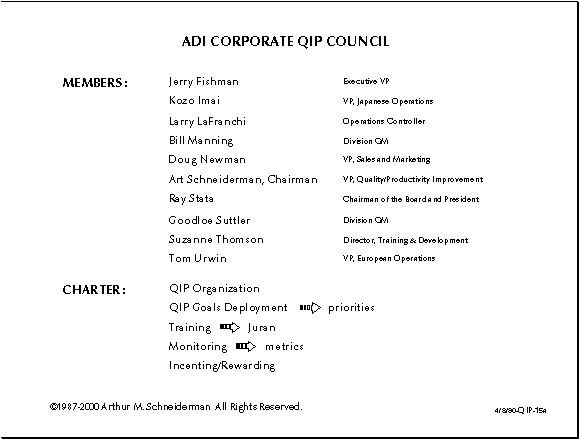
Slide 5
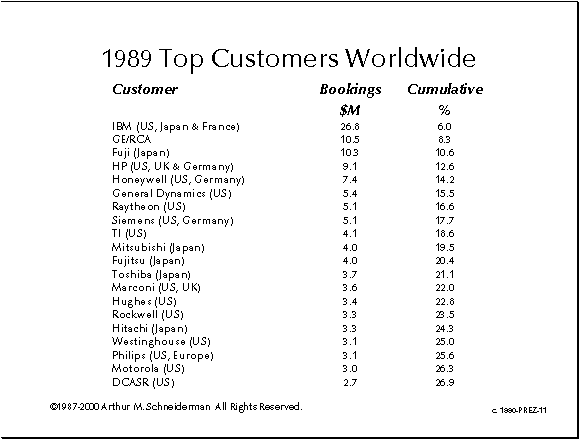
Slide 6
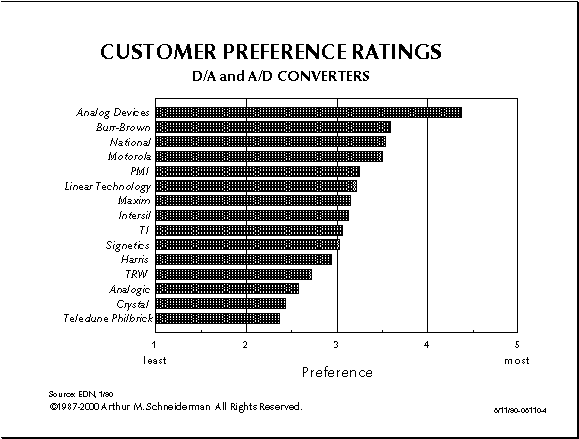
Slide 7
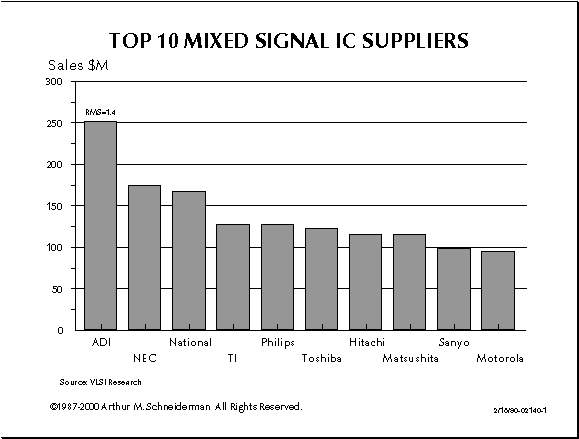
Slide 8
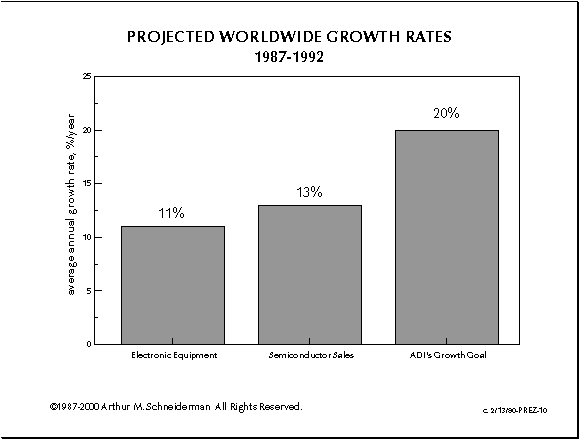
Slide 9
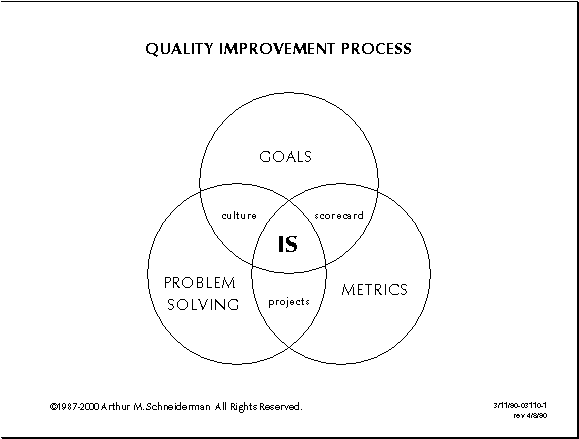
Slide 10

Slide 11
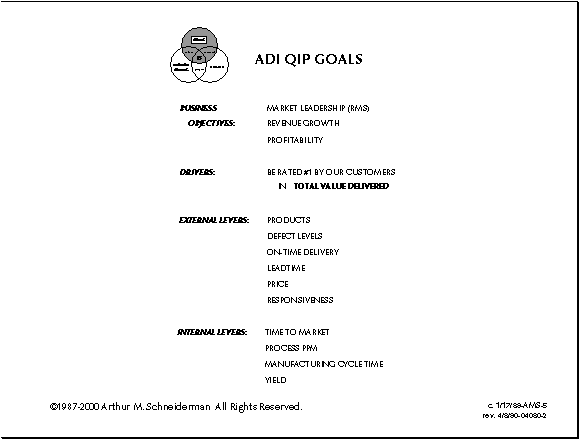
Slide 12

Slide 13

Slide 14

Slide 15

Slide 16

Slide 17
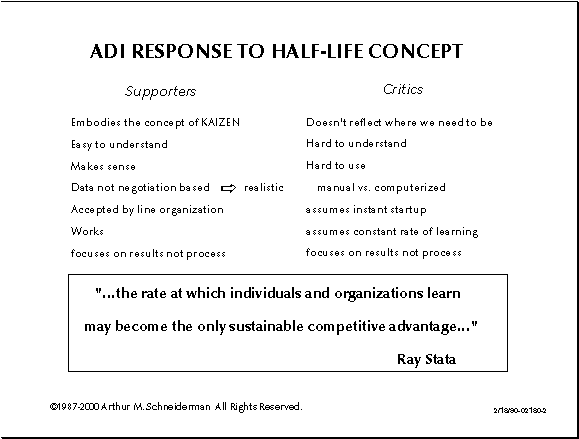
Slide 18
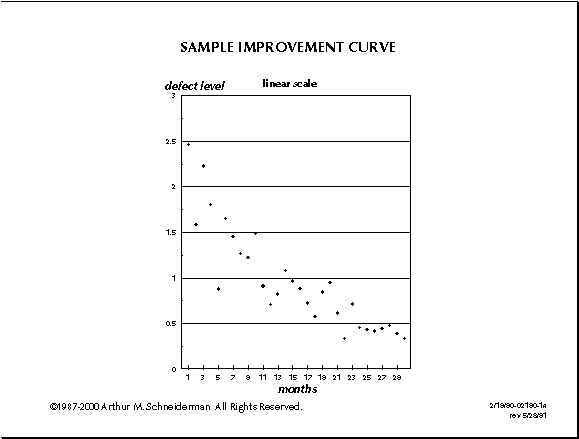
Slide 19
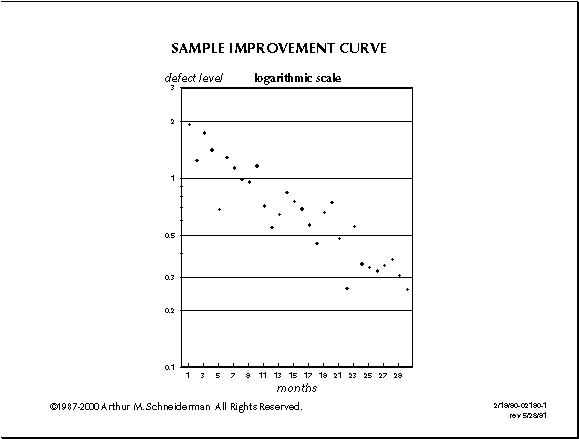
Slide 20
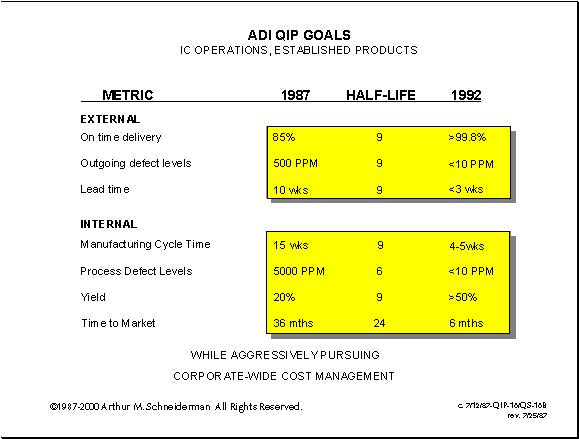
Slide 21
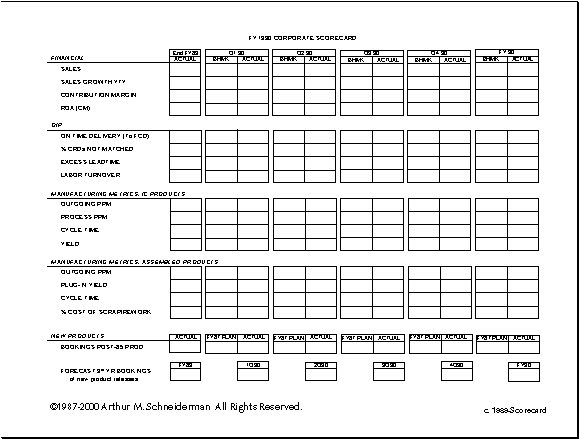
Slide 22
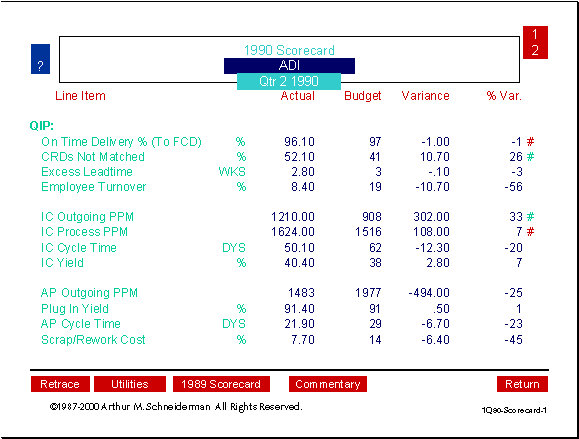
Slide 23

Slide 24

Slide 25

Slide 26
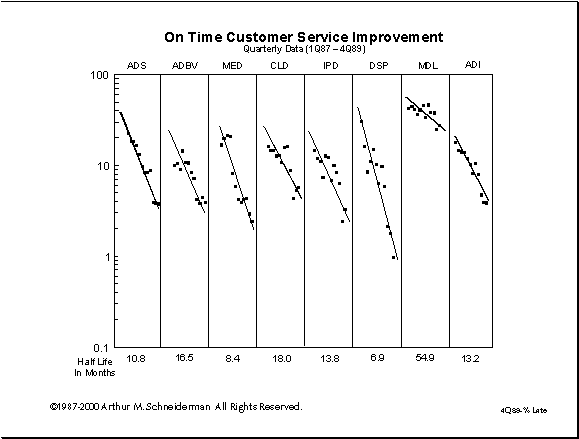
Slide 27
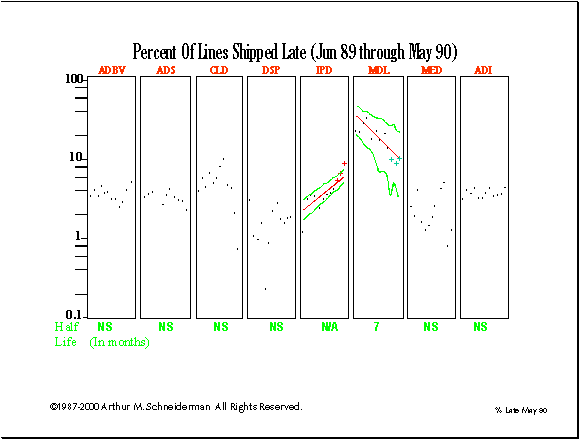
Slide 28

Slide 29
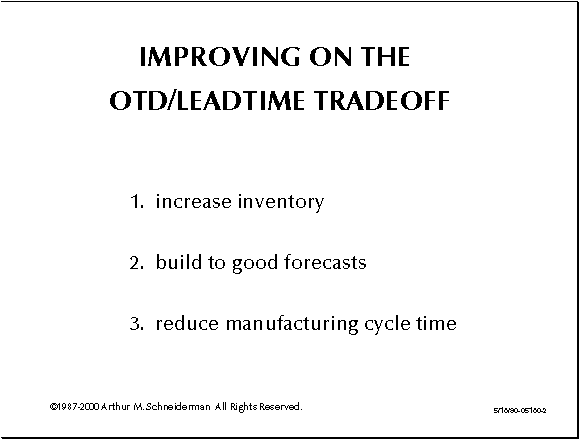
Slide 30
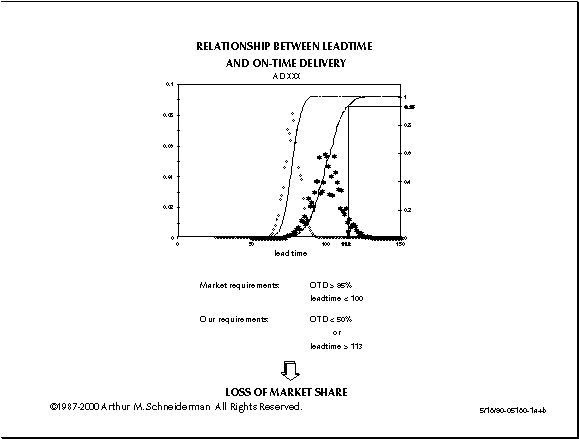
Slide 31

Slide 32

Slide 33
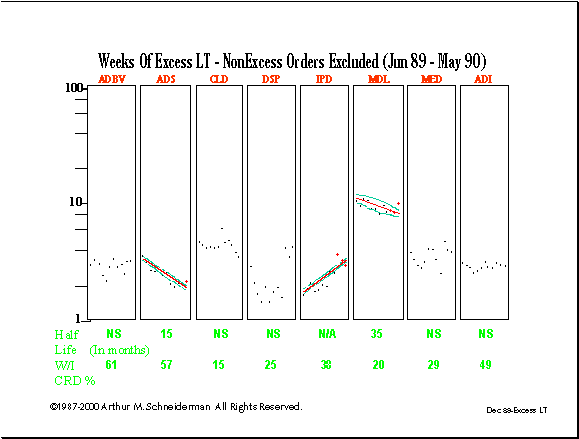
Slide 34
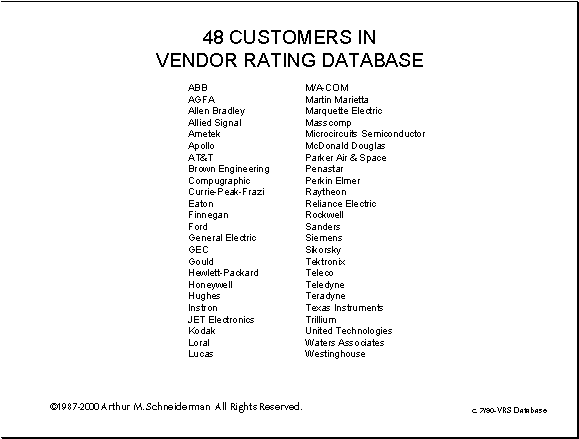
Slide 35
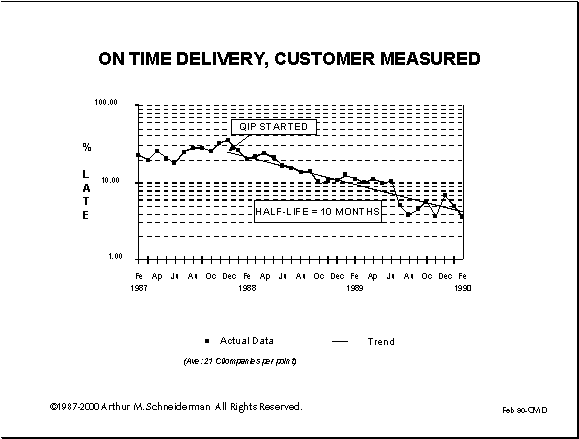
Slide 36

Slide 37

Slide 38
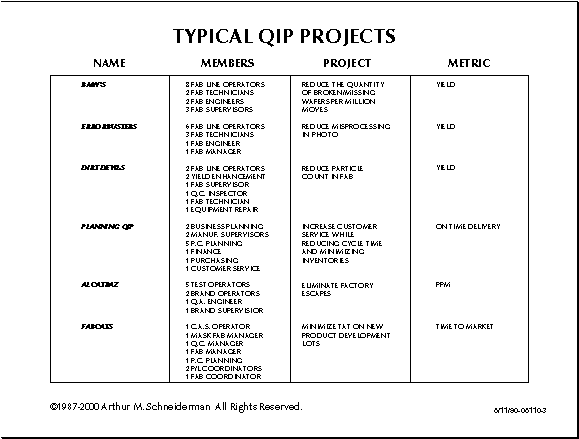
Slide 39

Slide 40
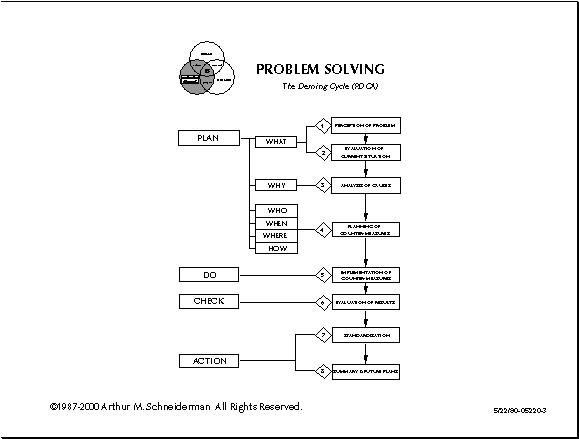
Slide 41

Slide 42
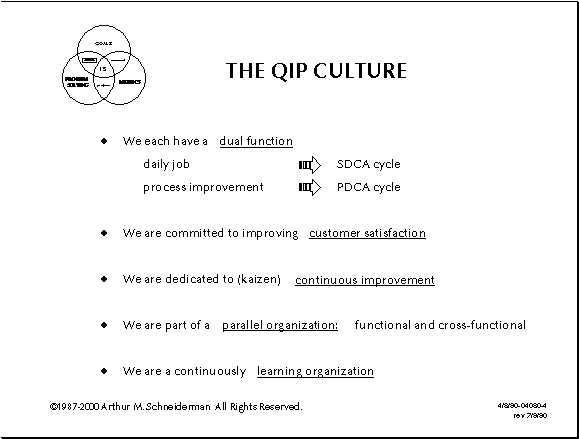
Slide 43
